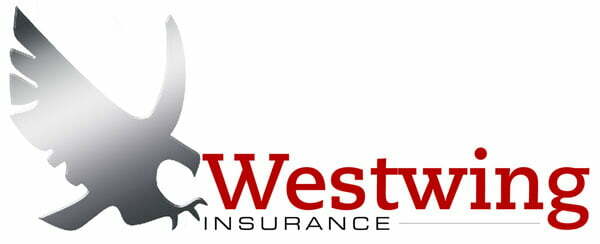California Workers’ Comp Rating Bureau Says Recent Rate Declines Flattened

First Quarter 2025: Written Premium Dips 4%
According to the WCIRB Quarterly Experience Report through March 31, written premium in Q1 2025 was down 4% from Q1 2024. This continues a trend of stable volumes from 2022–2024 after pandemic-related fluctuations.
Average Charged Rates Stop Falling
While average charged rates had declined consistently since 2014—reaching record lows in 2023 and 2024—the preliminary rate for the first three months of 2025 was 1% higher than in 2024. This indicates the downward trajectory has leveled off.
WCIRB Proposes Major Rate Increase for Late 2025
Given rising system costs, the WCIRB filed for an 11.2% advisory pure premium rate hike effective September 1, 2025. However, California’s Insurance Commissioner Ricardo Lara approved a more moderate 8.7% rise in advisory rates.
Drivers Behind Rising Loss & Adjustment Expenses
The WCIRB report credits a 9‑point increase in projected loss and allocated loss adjustment expense (ALAE) ratios for accident year 2024 to sharply higher medical expenses, slight upticks in indemnity frequency, and modest increases in indemnity and ALAE per-claim costs.
Combined Ratio Hits Multi‑Decade High
Combined loss ratios rose 13 points in 2024, reaching their highest level in over 20 years—and have stayed above 110% for four consecutive years. The last time ratios remained over 100% for so long was before SB 863 reforms were introduced.
Cumulative Trauma Claims Fueling Frequency Growth
Post‑pandemic volatility has given way to steady increases in indemnity claim frequency from accident years 2021 through 2024. A large part of this trend stems from a surge in cumulative trauma claims, which typically involve complex, multiple‐body injuries and extended legal exposure.
Why This Matters: Context & Additional Insight
National vs. California Trends
While many states continue to see declining workers’ comp rates, California stands out. Its combined ratio in 2024 is projected at 123%, the highest in nearly 15 years, despite earlier reforms under SB 863.
Rate Decisions Reflect System Pressures
The WCIRB initially proposed an 11.2% increase, citing higher medical loss projections, increasing claim frequency, and growing loss adjustment costs. The Commissioner instead approved 8.7%, balancing insurer and stakeholder input.
Implications for Employers & Insurers
Elevated combined ratios and flattened premium declines suggest upward pricing pressure ahead. Employers may see rising premiums, and insurers will need to account for sustained medical inflation and cumulative trauma exposures.

